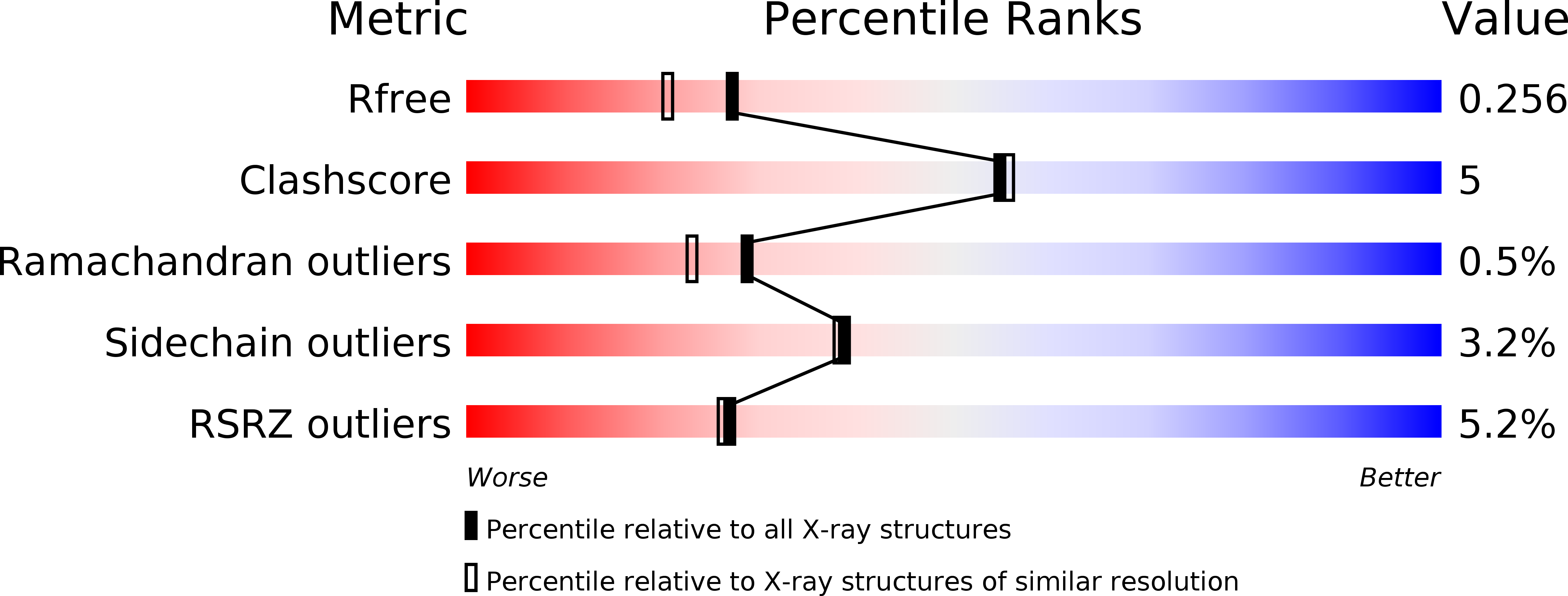
Deposition Date
2007-07-10
Release Date
2007-08-07
Last Version Date
2024-04-03
Entry Detail
PDB ID:
2QKD
Keywords:
Title:
Crystal structure of tandem ZPR1 domains
Biological Source:
Source Organism:
Mus musculus (Taxon ID: 10090)
Host Organism:
Method Details:
Experimental Method:
Resolution:
2.00 Å
R-Value Free:
0.24
R-Value Work:
0.20
R-Value Observed:
0.20
Space Group:
C 1 2 1


